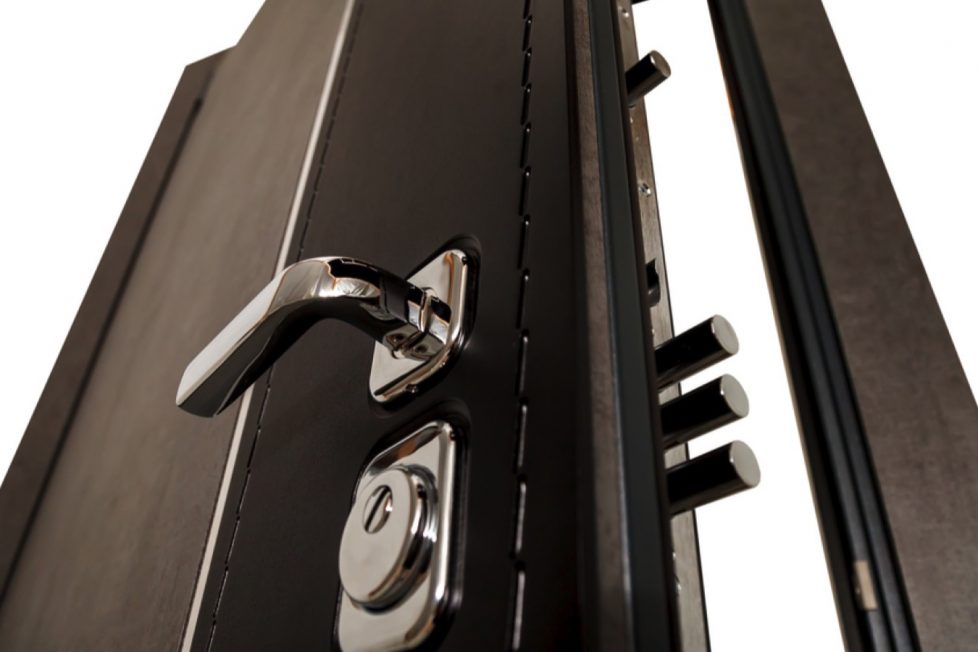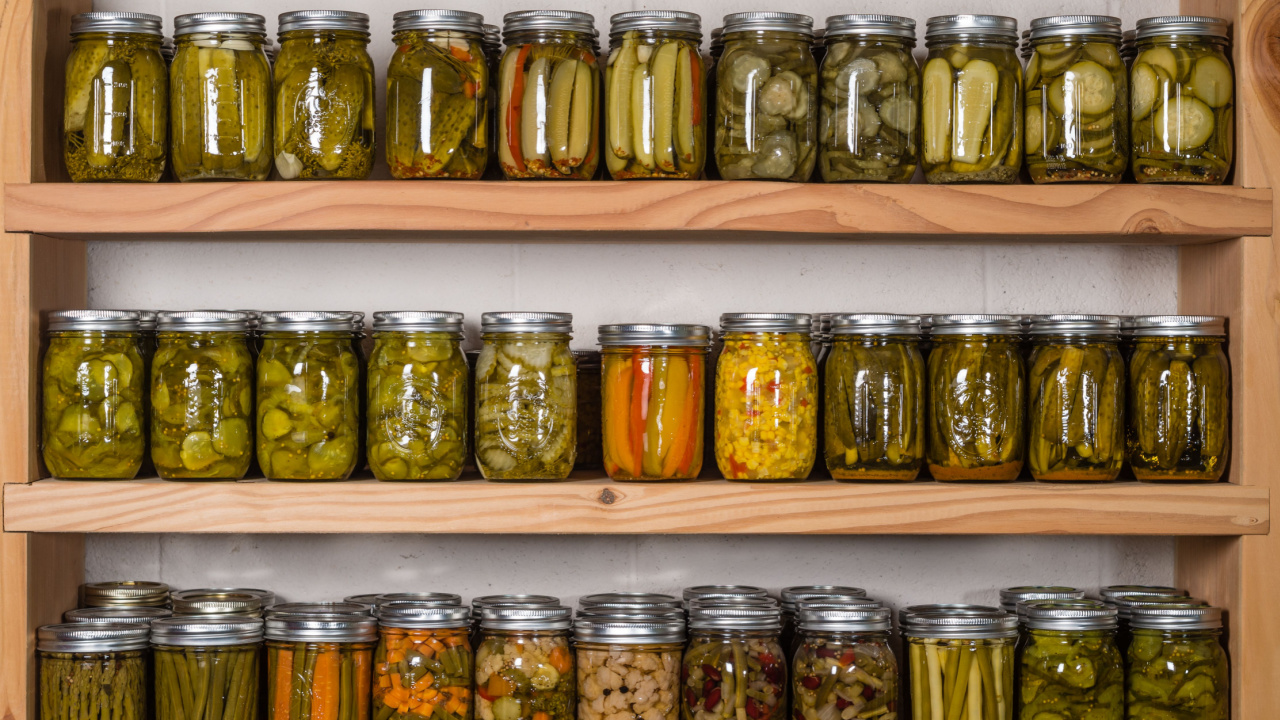17 Ways to Fortify Your Home Against a Siege – Simple Family Preparedness


Reinforce your doors with strong materials like steel or solid wood. Install deadbolt locks and add a metal security bar for extra protection. Consider using door jammers or security braces to prevent forced entry. These measures make it harder for intruders to break in. A sturdy door is your first line of defense.

Windows are vulnerable points in your home. Install shatterproof glass or apply security film to make them more resistant to breakage. Use window locks and add bars or grilles for extra security. Consider planting thorny bushes beneath windows to deter intruders. Well-secured windows can significantly reduce the risk of entry.

A comprehensive security system can deter intruders and alert you to any threats. Use motion sensors, cameras, and alarms to monitor your property. Make sure the system covers all entry points, including doors and windows. Regularly test and maintain your security system to ensure it works properly. A reliable system provides peace of mind and protection.

Designate a secure room in your home where your family can retreat during a siege. Reinforce the room with strong doors, locks, and thick walls. Stock it with essential supplies like water, food, and medical kits. Equip it with a phone or radio to communicate with the outside world. A safe room provides a secure place to wait for help.

Keep your property well-maintained to eliminate hiding spots for intruders. Trim bushes, trees, and other vegetation near your home. Install outdoor lighting to illuminate dark areas around your property. Use motion-activated lights for added security. Clear lines of sight make it harder for intruders to approach unnoticed.

Strong fences and gates can help keep intruders out. Use sturdy materials like metal or reinforced wood for your fences. Install locks on all gates and check them regularly for any signs of damage. Consider adding barbed wire or other deterrents to the top of your fences. A secure perimeter is essential for home defense.

Ensure you have enough supplies to last during a prolonged siege. Stockpile non-perishable food, water, and medical supplies. Keep a supply of necessary medications and personal hygiene items. Rotate your supplies regularly to ensure they remain fresh. Being well-prepared helps you stay comfortable and safe during an extended emergency.

Have multiple ways to communicate with the outside world. Keep a charged cell phone, a landline phone, and a battery-powered radio. Create a list of emergency contacts and share it with your family. Plan regular check-ins with friends or neighbors. Reliable communication can be crucial during a siege.

Barricades can prevent or slow down intruders. Use furniture, metal bars, or other heavy objects to block doors and windows. Consider installing interior door braces for added security. Plan and practice how to quickly set up barricades in an emergency. Effective barricades can buy you valuable time.

Garages can be weak points in home security. Reinforce garage doors with metal bars or additional locks. Install motion sensors and cameras to monitor the area. Keep tools and ladders locked away to prevent them from being used to gain entry. A secure garage protects both your home and your vehicles.

Knowing who is outside before opening your door is crucial. Install peepholes in all exterior doors. Use security cameras to monitor entry points and the perimeter of your property. Connect cameras to a monitor or smartphone app for easy viewing. Seeing who is outside helps you make informed decisions about opening your door.

Have tools and equipment ready for emergency repairs and defense. Keep a toolkit with items like hammers, screwdrivers, and nails. Have a supply of plywood or metal sheets to cover broken windows or doors. Store these tools in an easily accessible location. Being prepared allows you to quickly address any breaches.

Ensure everyone in your household knows the emergency plan. Practice drills for quickly securing the home and retreating to the safe room. Teach family members how to use security systems and emergency tools. Regular training helps everyone stay calm and act quickly during a real emergency.

Strengthen your home’s walls to make them more resistant to entry. Consider adding metal mesh or reinforcing materials to vulnerable areas. Use strong construction methods if building or renovating your home. Fortified walls add an extra layer of protection against intruders.

Pets can alert you to intruders and provide additional security. Train your pets to respond to commands and recognize emergency situations. Keep pet supplies, including food and water, in your safe room. Make sure pets are part of your emergency plan. Well-prepared pets can be valuable allies during a siege.

Stay informed about potential threats in your area. Listen to local news and weather reports for updates. Join community alert systems and social media groups focused on local safety. Being aware of the situation helps you prepare and respond effectively.

In some cases, evacuation may be the safest option. Plan multiple escape routes from your home and neighborhood. Keep a “go bag” with essential items like identification, cash, and supplies. Practice your evacuation plan with your family. Knowing when and how to evacuate can save lives.

We sadly live in a society where it’s all too common for criminals to want to take what we’ve worked hard to get. The results of a break-in are traumatic, too. Beyond just losing your stuff. Victims often feel violated, anxious, and unsafe, sometimes for years after the event.
Prevention is the best way to stay safe. And, while you shouldn’t have to turn your home into a fortress, that’s the stark reality of our world. But you can take plenty of simple steps to deter burglars and ensure your home is less attractive to would-be thieves.

With food prices going up by 15% from October 2021 to October 2023, finding ways to cut down your grocery bills is more important than ever. Winter foraging is an awesome way to add to your pantry for free. Yes, you get free food in the form of wild edibles, but it’s also fun for the whole family, gets you moving, and reconnects you with nature.
Even though foraging in winter seems hard compared to the bounty of late summer, there’s still plenty out there if you know where to look. Plus, if things do go south, you need to know how to get wild foods to survive when there are no old-world supplies to access.

Preserving food is an art as much as it is a science, tapping into our ancestral roots and addressing modern needs. Whether you’re looking to avoid waste, prepare for leaner times, or simply enjoy the fruits of your labor year-round, these 23 smart methods will guide you through. I’m a huge fan of preserving things I find on sale, gluts of produce from my homestead, or produce I’ve bartered with someone else.
